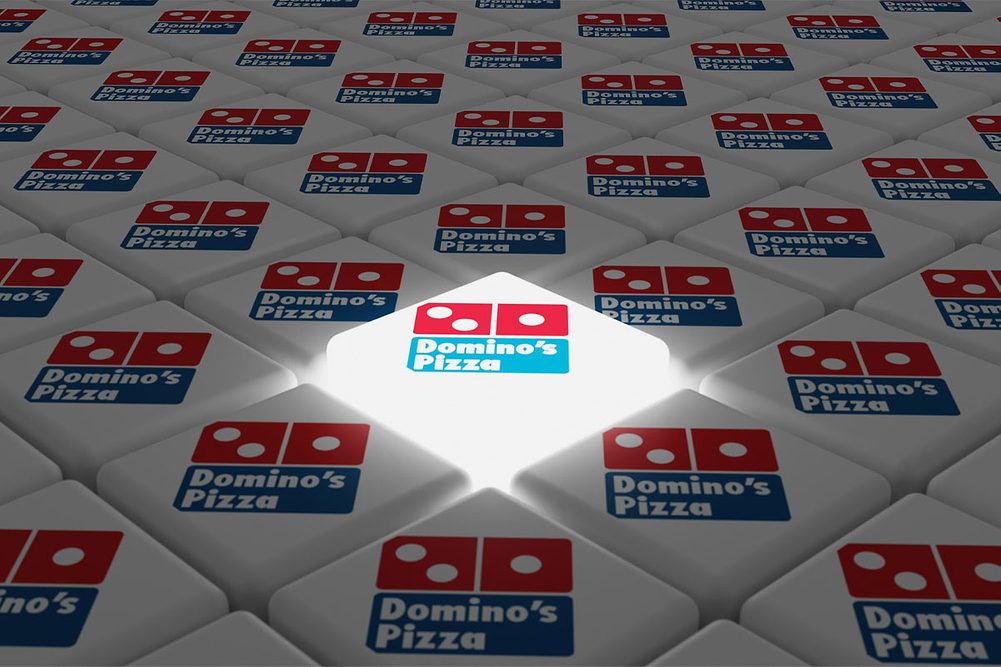ANN ARBOR, MICH. — Domino’s Pizza, Inc. on Dec. 7 introduced a five-year plan called “Hungry for MORE” that establishes three goals: annual global retail sales growth of over 7%, which compares to current guidance of 4% to 8%, annual global net unit growth of over 1,100 stores and annual operating income growth of over 8%.
Globally, Domino’s currently has annual sales of $18 billion and over 20,000 stores with 99% being franchised. Operating income was $768 million in the fiscal year ended Jan. 1, 2023.
MORE is an acronym for “most delicious food,” “operational excellence,” “renowned value” and “enhanced by best-in-class franchisees.”
“We have the most delicious food in the business, but we don’t talk about it enough,” said Russell J. Weiner, chief executive officer, at an investor day on Dec. 7. “We talk about value. We talk about technology. We haven’t romanced our products the way we know that we can, and so you’re going to see us really take that up a level in our marketing.”
The pizza chain plans to launch at least two new products a year.
“You’re going to see two-plus product windows, product news from us in ‘24 and going forward, to drive that deliciousness, to drive that crave-ability,” said Joseph H. Jordan, president of US and global services.
New product innovation was introduced in several international markets this year. In Australia, a smokehouse range pizza included pork belly barbecue. Chicken Mexicana loaded potato wedges are offered in the United Kingdom. In South Korea, a pizza comes with shrimp toppings.
Domino’s will avoid limited-time offerings.
“What I firmly believe until proven otherwise, is a series of LTOs, limited time offers, is not the best for operations because essentially what you’re doing every month or every other month is you’re retraining your staff on a new product, which means their amount of training on the existing product is not maybe where it should be,” Mr. Weiner said.
To improve operations, Domino’s will focus on the accuracy of the estimated time an order is ready, the correct temperature of the food and the consistency of delivery service.
“So, imagine two different delivery experiences, one where you get it 15 minutes the first week, you get it in 35 minutes the next week, an average of a 25-minute delivery time,” Mr. Jordan said. “That’s pretty good. Another customer gets it in 25 minutes both times. That’s a more consistent experience, and we know from looking at our stores, looking at comparable stores, that the more consistent store actually ends up driving incremental sales and delivery. The customers who are more satisfied come back more often.”
Domino’s also is striving for “just-in-time” pizza.
“Why should you start making a pizza if you know a driver is not going to be back, right?” Mr. Weiner said. “And, so, this idea of just-in-time pizza-making talks to the efficiency, but it talks about the decreased variability in which we’re going to get customers their pizza, which as we know is so important for repeat.”
To continue to drive value, Domino’s will focus on mix-and-match deals, loyalty programs and working with aggregators like Uber Eats and Postmates. The aggregator apps have the capability to target consumers who have higher incomes, are less sensitive to price and younger, according to Domino’s. What the company called “the aggregator marketplace” is a $1 billion net incremental opportunity over the next three years, according to Domino’s.
“The aggregator marketplace — we're entering that new marketplace,” Mr. Weiner said. “That’s a very different customer, and so while the best prices will be on dominos.com, this is a customer that’s a lot less price sensitive, and we think going into next year with some of the headwinds the restaurant industry is going to be facing, this is really positive for Domino’s pizza. Now we’ll still be value; we’ll be at a premium on these sites, but we’ll still be a value to aggregator customers.”
Consumers used to have to spend $10 to earn loyalty program points, but Domino’s earlier this year reduced that to $5. Loyalty program members since then have increased by over 1 million, Mr. Jordan said.
Technology development also will play a role in the five-year plan. In the United States currently, digital sales account for about 90% of total delivery sales and about 75% of total carryout sales.
“We now have 18 ordering platforms so that customers can order in whatever way is best for them,” said Kelly E. Garcia, chief technology officer.
A program to create new websites and apps should be completed in the fourth quarter of 2024. Domino’s wants to make its ordering system “hyper-personalized.”
“Deliciousness and value are innately personal to each individual,” Mr. Garcia said. “What I find delicious is not what you find delicious. What I think is valuable is not what you think is valuable. So, we have an opportunity to provide deeper levels of personalization that will lower friction in the experiences and ultimately drive frequency and optimize lifetime customer value.”





